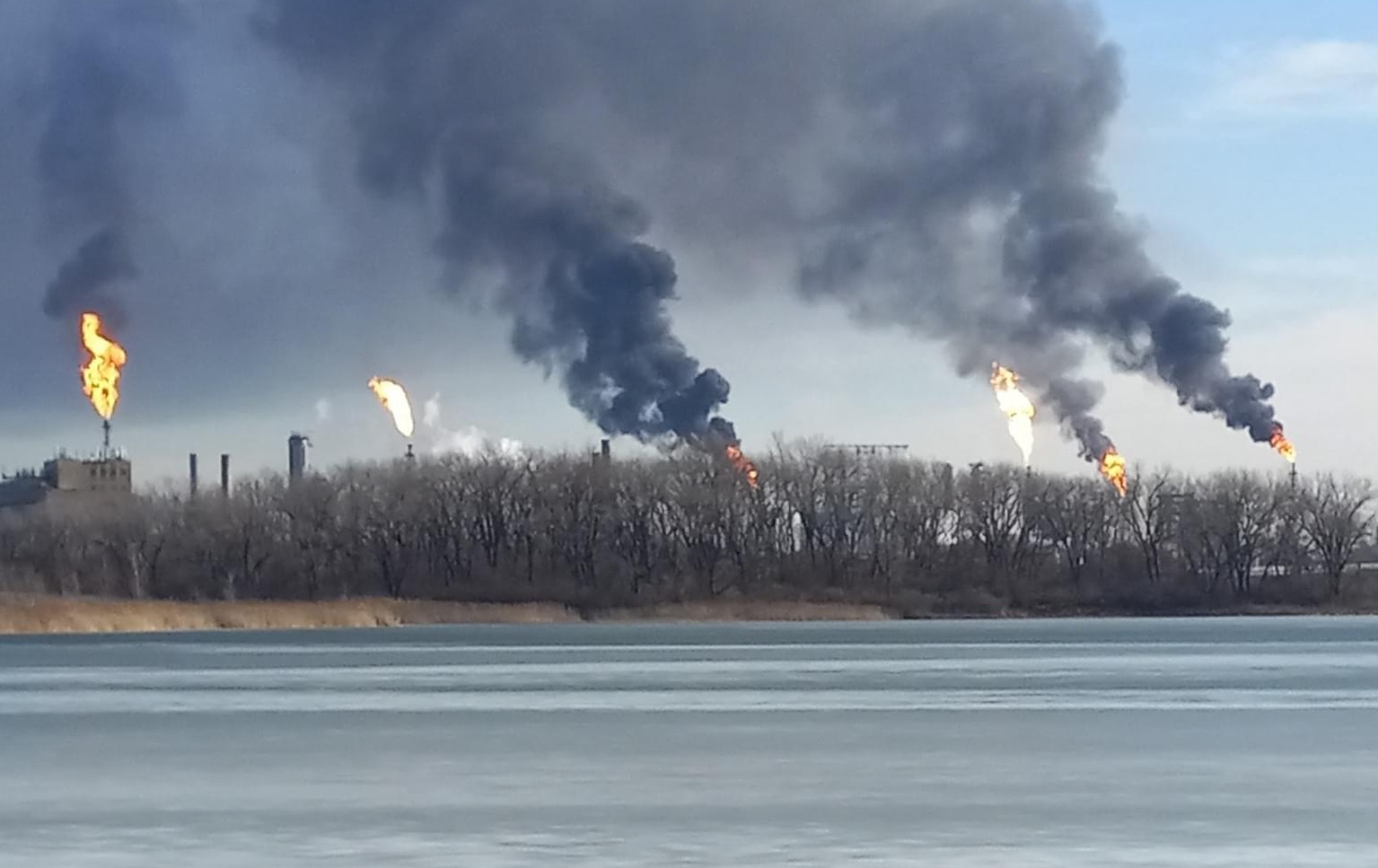
Our friends at the Environmental Integrity Project and Environmental Law & Policy Center provided the below information on the water permit review process for the BP refinery in Whiting, Indiana. Submitting public comments lets decision makers know we care about clean water, and that we demand it be protected.
The BP petroleum refinery in Whiting, Indiana is one of the largest in the country. It discharges stormwater & wastewater through 4 outfalls, eventually reaching Lake Michigan near public beaches, a salmon fishery, and a drinking water supply. The Indiana Department of Environmental Management (IDEM) is reviewing the refinery’s water permit, so the public has an opportunity to call for stronger clean water protections. People can submit written comment by May 9 to jwray@idem.in.gov. The Environmental Integrity Project and Environmental Law & Policy Center reviewed the draft permit and identified numerous serious defects, summarized below.
Concerns in the Proposed Permit
Mercury
Mercury is a dangerous neurotoxin that can harm people of all ages, known for causing lasting brain damage on infants. Lake Michigan already has too much mercury to support healthy fish and birds. In order not to make the problem worse, BP should be meeting strict mercury limits. But IDEM has given BP a mercury variance for 15 years that allows BP to dump mercury into Lake Michigan at levels far above their limits. Just last January, BP discharged mercury at 9.2 ng/L, almost 3 times as high as their 3.2 ng/L daily limit. BP could meet its limits if it wanted to--EPA recently found coal plants could meet mercury limits even lower than BP’s using a combination of membrane filtration, spray dry evaporators, and thermal systems.
PFAS (forever chemicals)
Per- and polyfluoroalkyl substances (PFAS) are chemicals that don’t break down easily in the environment, so they are known to accumulate in humans and animals, and are linked to adverse health effects. IDEM never even mentions PFAS in the draft permit summary factsheet. We don’t know if BP uses Class B foam, containing PFAS, to put out fires onsite, if BP used to use it and stopped, or if the groundwater is contaminated with PFAS. The public deserves answers. If there is PFAS onsite, the final permit should contain PFAS limits and rules to protect our drinking water.
Technology-Based Effluent Limitations (TBELs)
The Clean Water Act requires that IDEM establish case-by-case technology-based limits for pollutants we know are discharged at refineries, and those limits should reflect how much BP can clean up its pollution using the best available technology. This permit doesn’t have any of these limits. IDEM needs to go back and include technology-based limits for toxic pollutants like arsenic, lead, fluoride, vanadium; as well as salts like chloride.
Make sure to submit your written comments to jwray@idem.in.gov by May 9th, and call on the IDEM to address the above issues.
